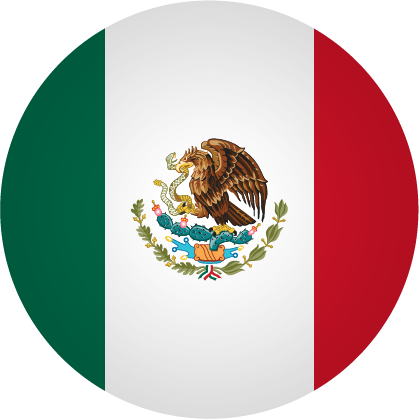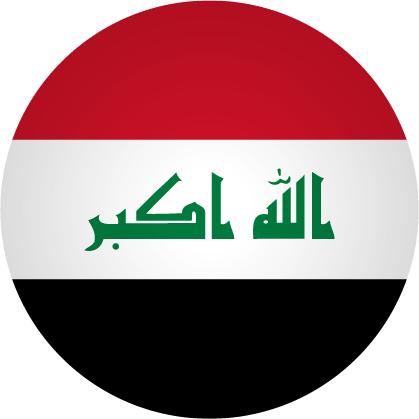- Services
- Sectors
- Our Company
- News & Resources






























Home » Services » Certification » Occupational Health and Safety Management System
Every day around the world, 6,300 employees lose their lives due to work-related illnesses or accidents and this is equal to more than 2.5 million lives per year.
The negative effects of all these accidents and diseases on the economy of both the country and the employers are classified as visible and invisible costs. While visible costs include hospital costs, compensation, legal transactions, invisible costs are more in quantity. Labor losses, machine downtimes, loss of production, motivation problems of the employees and image loss of the company are seen as invisible and long-term more costly expenses.
Considering all these problems, ISO published ISO 45001: 2018 by revising the OHSAS 18001 Occupational Health and Safety Management System standard covering these issues.
Occupational Health and Safety Management System?
ISO 45001, which was aimed to ensure full integration with the revised ISO 9001 and ISO 14001 standards in 2015, was published at the end of 2018.
The published standard supports the OHS studies that are compulsory in all enterprises in our country, especially in accordance with the law numbered 6331 and can be used for every sector.
ISO 45001 is prepared in accordance with the new system established by ISO for quality systems. The standard, which is called Annex SL and which is composed of 10 items according to the structure forming the roof of the quality systems, has become compatible with other quality systems.

Although the new ISO 45001 standard has been officially published and is now recognized as the international benchmark for occupational health and safety management systems, the previously established OHSAS 18001 standard will remain valid for a transitional period. This allows organizations that are currently certified to OHSAS 18001 to maintain their certification status while preparing for migration to ISO 45001. During this period, companies are encouraged to begin aligning their health and safety practices with the updated requirements of ISO 45001, which provides a more robust and risk-based approach. The transition period is designed to ensure a smooth shift, giving businesses sufficient time to update their management systems, train relevant personnel, and undergo audits under the new framework. Ultimately, adopting ISO 45001 not only demonstrates an organization’s commitment to the well-being of its employees but also enhances its global credibility, compliance, and competitiveness in today’s safety-conscious marketplace.





























